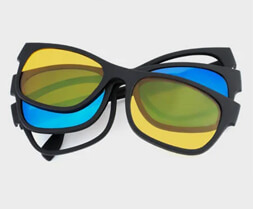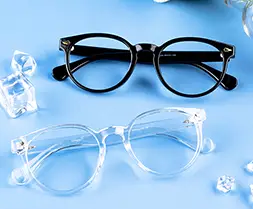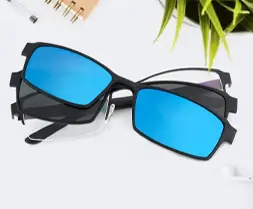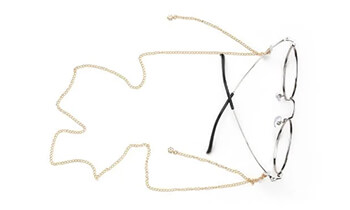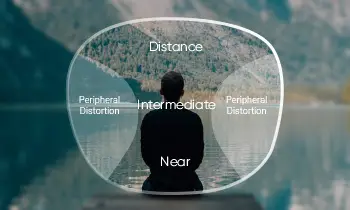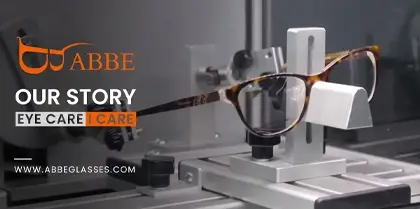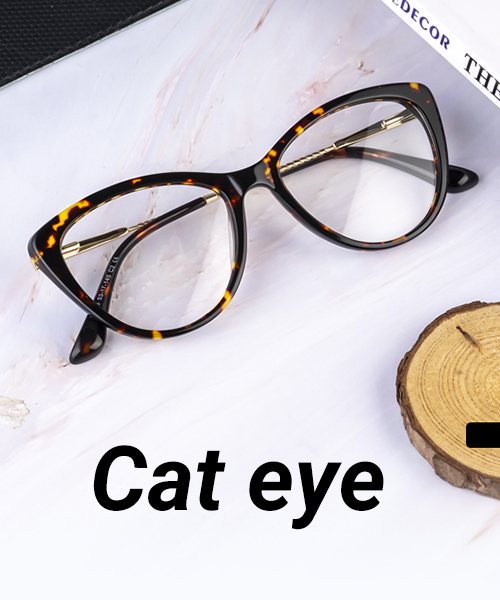As the number of people with nearsightedness or presbyopia has increased in recent years, the number of people wearing eyeglasses has also risen. At some point, large-size frame glasses became popular among those who wear prescription eyeglasses.
The more people wear large-size frame glasses, the more frequent the complaints are heard. For example, dizziness, distorted vision, glasses constantly slipping, etc. To know the cause of these situations first we must know about prescription eyeglass (prescription lens) processing.
Prescription eyeglasses lens processing knowledge
- The optical center point of all prescription lenses is at the exact center of the lens. The lenses are generally round.
- The diameter of the lens is generally between 70mm-80mm; the pupil distance of most adult girls is between 55mm-65mm, and is mostly around 60mm.
- During processing, regardless of the frame shape, the optical center point of the lens is appropriately displaced to correspond to the size and height of the wearer's Pupillary Distance.
Causes of discomfort in large-size frame prescription glasses
Suppose your pupil distance is small, and you choose a large frame. In that case, it will result in insufficient displacement during processing. As a result, the optical center of the final processed eyeglasses will be larger than your PD, resulting in a series of wearing discomfort problems.
If your pupil distance is large enough and the processing is very accurate. Then this way, the lens displacement also goes to the thickest part of the edge of the lens, resulting in overweight processed glasses, prismatic effect on the edge, uncomfortable to wear, and even various phenomena such as dizziness and deformation.
People who are not suitable for wearing large-size frames prescription glasses
1. People with small pupillary distance
The optical center of the prescription lens and the wearer's pupil distance match so that the processed glasses are comfortable to wear; otherwise, forced displacement will only cause undesirable visual effects.
2. People with a strong prescription
The higher the prescription, the thicker the lenses will be. If you choose a large-size frame, the edge of the processed lens will be even thicker. These eyeglasses are easy to wear to slide, and pressure on the bridge of the nose or the edge of the vision will have a sense of distortion, which is harmful to adapt to and not a nice look.
3. Teenagers groups
Teenagers are in an essential stage of growth and development. Their nasal bridge is also developing, and the pupil distance is relatively small. After wearing large-size frame glasses, the edge of the lens becomes thicker. Such prescription eyeglasses not only press the bridge of the nose and slide down but also cause nearsightedness to deepen, which is not conducive to the healthy development of youth vision.







